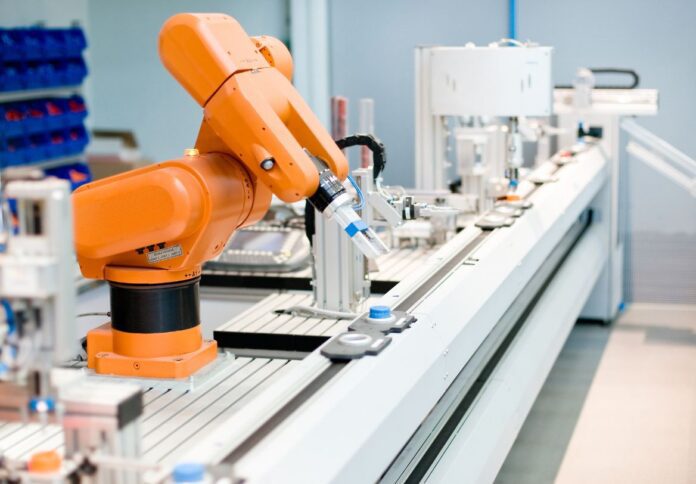
The future of Australia’s local manufacturing industry is under threat as the country faces a declining skilled workforce, according to an expert.
Susan Luckman, a professor of culture and creative industries at the University of South Australia and director of the Creative People, Products and Places Research Centre, said the biggest threat to Australia’s making economy is its ageing workforce.
“Australia benefited hugely from trade-skills migration in the decades following WW2 and up until the 1980s we had a strong domestic manufacturing sector,” Luckman said.
The threat is also compounded by the slow decline in practical making skills and loss of knowledge after some manufacturers moved their operations offshore over the last four decades.
“Subsequent offshoring of manufacturing has meant that craft skills have not been sustained and replenished in the Australian workforce. However, according to data drawn from the last Australian Census, those skilled makers still working in this dwindling workforce are enjoying increasing incomes as advanced manufacturing, the artisanal economy, and demand for Australian-made goods all grow.”
Australia’s domestic manufacturing industry is plummeting despite more than 116,500 people – or 1.1 per cent of the total workforce – being employed in the sector in 2021 and contributing $19.2 billion to gross domestic product.
This is slightly larger than the contribution of the sports economy, which employed 128,000 workers from 2016 to 2017 and generated $14.5 billion.
Luckman said these figures demonstrate the high value of Australia’s craft and manufacturing industry, which enables both niche and mass production of everything from small-scale, high-end custom bicycles to large-scale textile manufacturing.
“Scalable production enabled by digital tools operating alongside skilled craftspeople offers exciting potential for a renaissance of Australian making, especially through SMEs who constitute most of Australia’s contemporary manufacturing ecosystem,” Luckman said.
Luckman is part of a research project backed by the Australian Research Council, which looked into the value of craft skills to the future of manufacturing in the country.
Over the last four years, the professor has conducted nearly 50 interviews with people from craft and manufacturing organisations and local sole traders. Participants shared their insights into education and training, industry challenges and opportunities for future innovation.
According to Luckman, the nation’s makers must learn to embrace technology and that the world of tradition and digital innovation must collide.
“We are seeing manual skills and digital skills as separate spheres, and this is a problem. Digital technologies can revolutionise advanced manufacturing by re-imagining our processes of production and turnover,” she says.
“If we want to rebuild our domestic manufacturing capacity, we need renewed support for hands-on craft skills training, and we need to be supporting greater collaboration with industry alongside the roll-out of digital technology.”




















